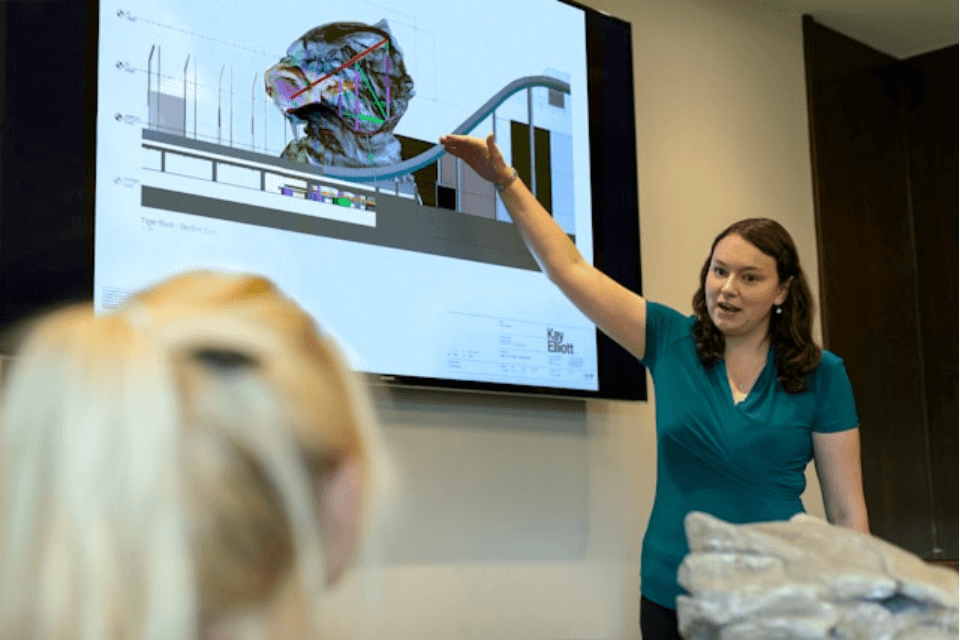Can music help you learn English faster? In this exercise, you’ll read about how songs support language learning while practising present continuous, modal verbs, collocations, and verb structures.

8. How Technology Is Changing Education
Technology has changed many parts of our lives, and education is no exception. In recent years, schools and universities around the world (1)____________ digital tools to support learning. From video lessons to virtual classrooms, students now have more access to information than ever before.
One of the biggest advantages of technology is flexibility. Learners can study anytime, anywhere — as long as they have an internet connection. This is especially useful for people who work during the day or live far from schools. Online courses (2)____________ opportunities for students who might not be able to attend in person.
However, using technology in education also has challenges. Not all students have access to reliable devices or internet service. Teachers must also learn how to use new platforms effectively. Despite these difficulties, many educators agree that digital learning tools (3)____________ to stay.
Another benefit is personalisation. Some apps use artificial intelligence to give students exercises based on their level and progress. This makes learning more efficient and (4)____________.
While traditional classrooms are still important, it's clear that technology will continue to play a bigger role in how we teach and learn. In the future, education might look very different — more interactive, more accessible, and more (5)____________ to individual needs.
1.
(A) used
(B) have used
(C) are using
(D) have been using
2.
(A) create
(B) created
(C) are created
(D) are creating
3.
(A) is
(B) are
(C) were
(D) have
4.
(A) boring
(B) expensive
(C) engaging
(D) dangerous
5.
(A) adapted
(B) adapting
(C) adapts
(D) adaptable
Grammar Points & Explanations
1. Present Perfect Continuous: “have been using”
- Why it matters: Shows an action that started in the past and is still happening. Ideal for talking about trends over time.
2. Simple Present Tense: “create opportunities”
- Why it matters: General truth — this tense is often used in formal writing and factual statements.
3. Subject-Verb Agreement: “tools are here to stay”
- Why it matters: Plural subject “tools” → use plural verb “are.” Many learners struggle with matching verb forms to subject number.
4. Adjective Choice: “engaging”
- Why it matters: Learners need to choose appropriate adjectives. “Engaging” means interesting and involving — a great word for learning environments.
5. Adjective Form: “adaptable”
- Why it matters: Learners often confuse verb and adjective forms. “Adaptable” describes something that can be adapted — important for writing about flexibility.
Correct Answers:
- (D) have been using
“...schools and universities have been using digital tools…”
- (A) create
“Online courses create opportunities…”
- (B) are
“...many educators agree that digital tools are here to stay.”
- (C) engaging
“...makes learning more efficient and engaging.”
- (D) adaptable
“...more adaptable to individual needs.”

